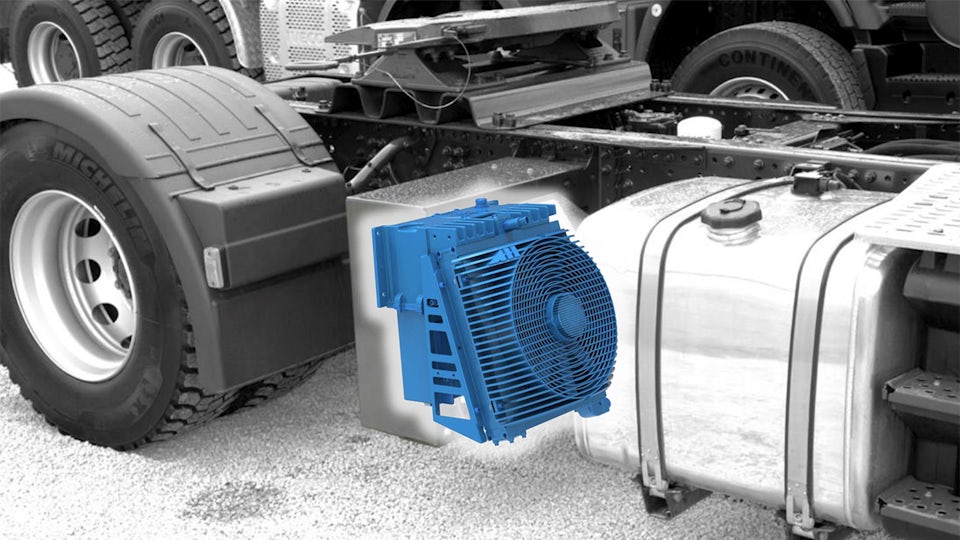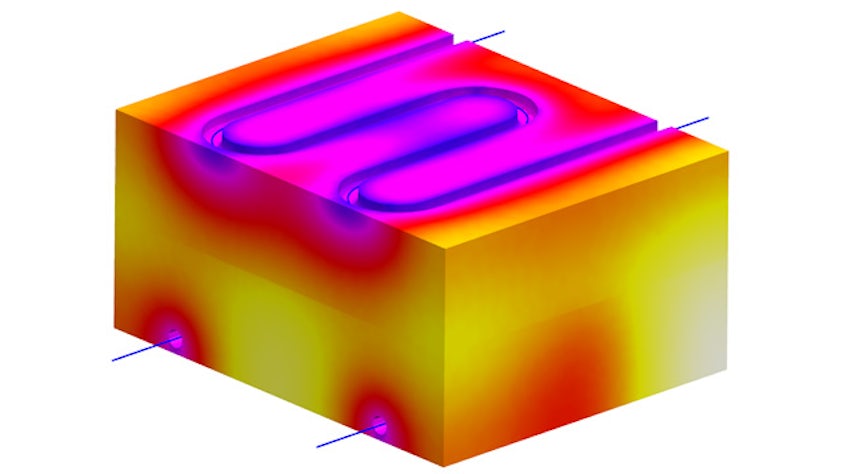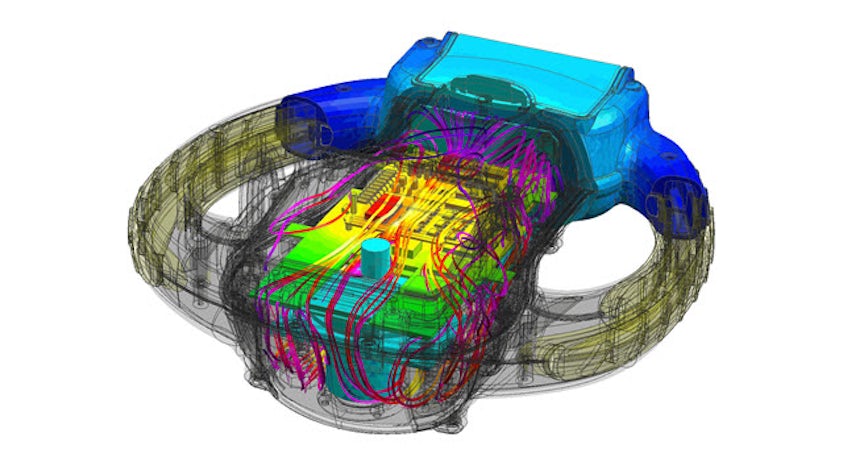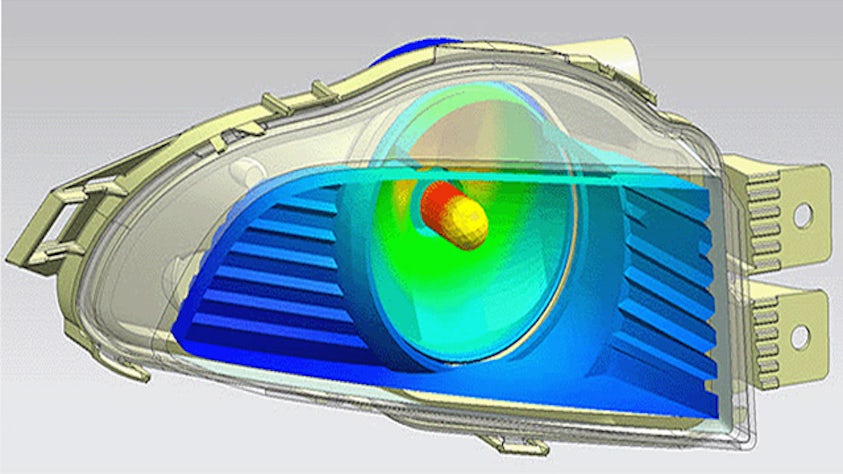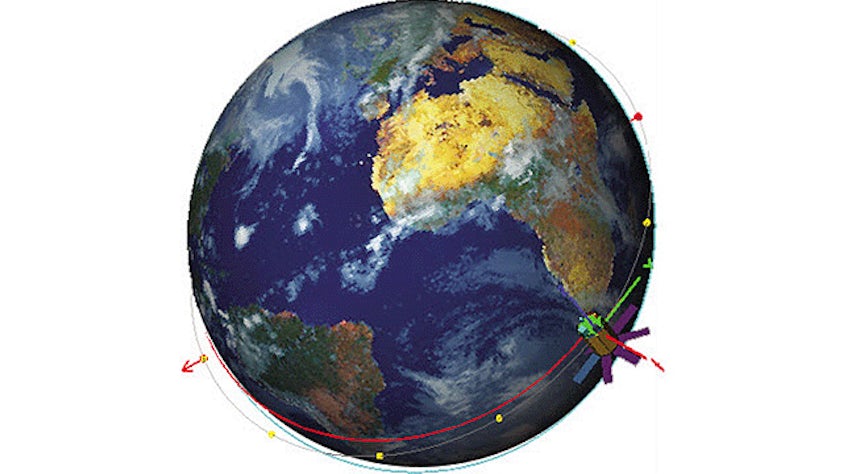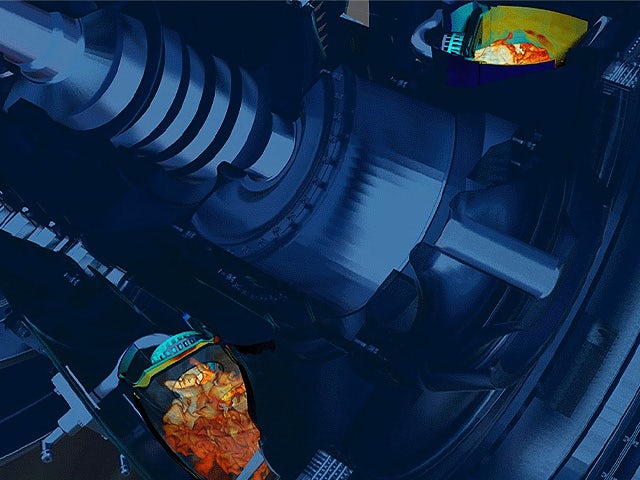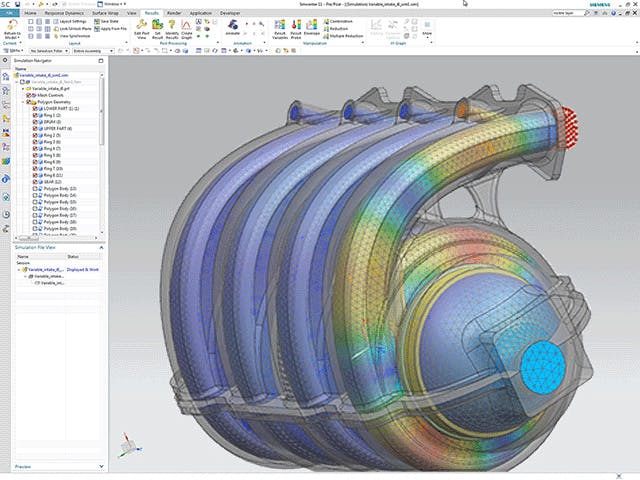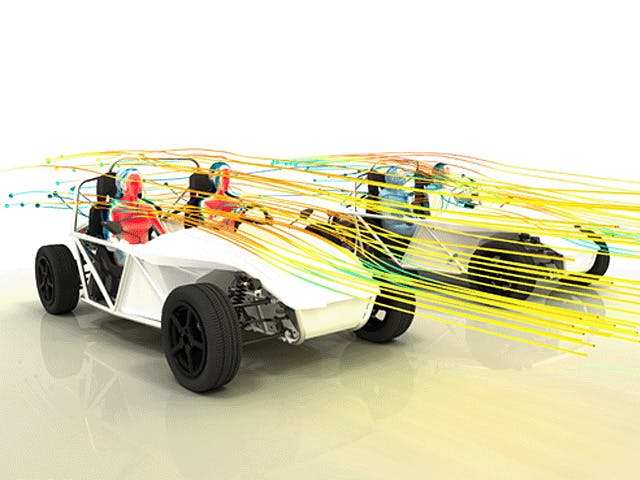Thermal management is a major consideration for a wide range of products, including industrial machinery, automobiles and consumer electronics. The objective of any thermal management solution is to maintain a product’s temperature within a range that is optimal for performance. Accomplishing this may require the removal or addition of heat, either passively or in an actively managed fashion, and this can be evaluated using thermal simulation software.
Simcenter includes comprehensive, best-in-class thermal simulation capabilities that can help you understand the thermal characteristics of your product and, subsequently, tailor your thermal management solution for optimal performance.
Heavy equipment overheating under harsh operating conditions
During this webinar, learn to protect your heavy equipment from overheating under harsh operating conditions, repetitive tasks, and long working days.

